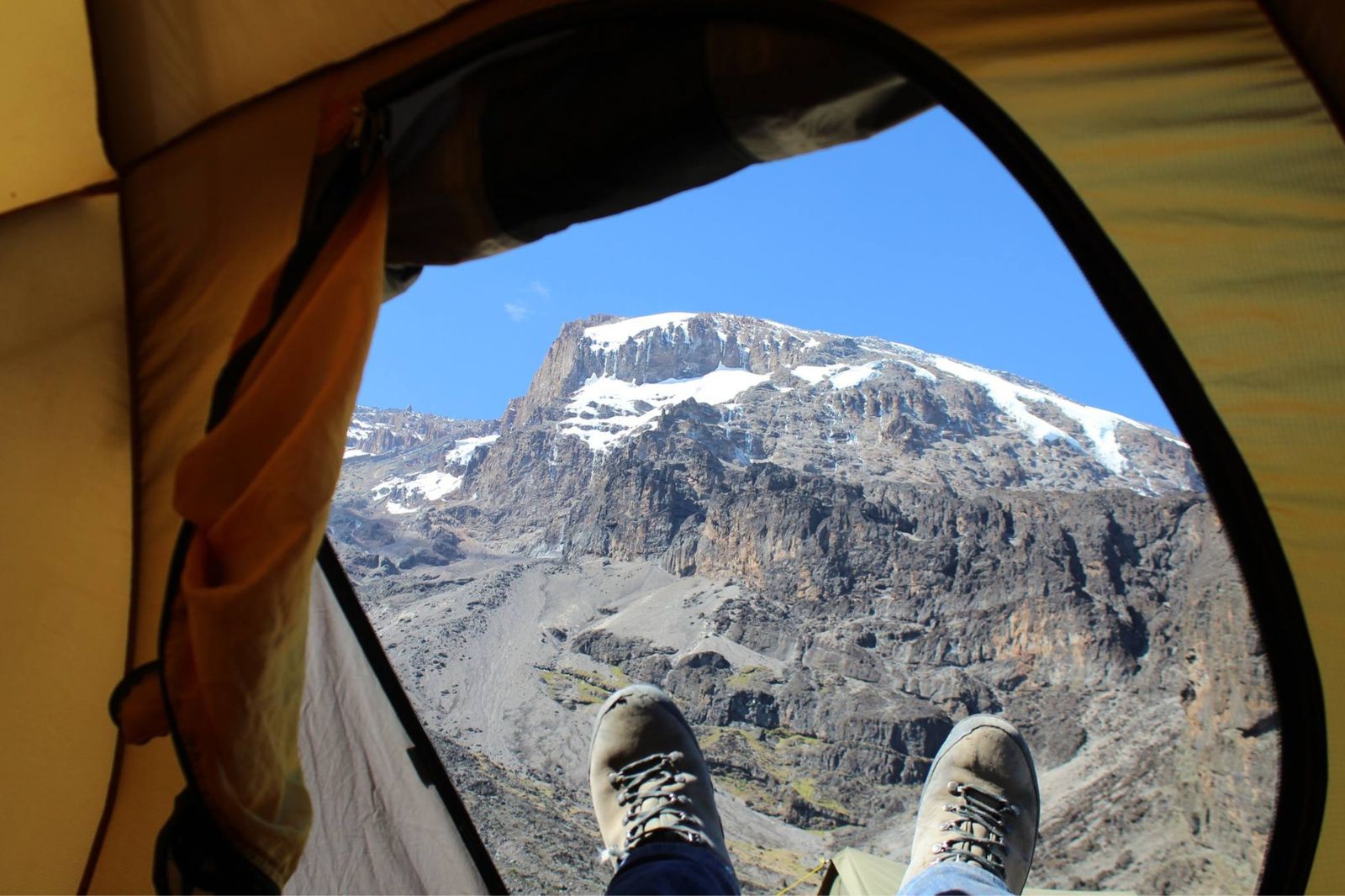Acclimatization is the process in which an individual organism adjusts to a gradual change in its environment. So while you’re climbing up Kilimanjaro your body undergoes a transformation process all by itself to acclimatize itself properly.
So in physiological terms, what happens during acclimatization process is that as you ascend higher, the atmospheric pressure which exerts force on air molecules decreases. This results in oxygen molecules becoming few and far between.
What can you to prevent symptoms of altitude sickness and acclimatize yourself properly while trekking Kilimanjaro?
Go slow (or Pole, pole)
When you’re climbing too fast or ascending too farther away, you’ll hear something like, “pole, pole,” which in Swahili means “slowly, slowly”. The best tested way to adapt to the higher altitude is to move really slowly. This allows your inner body parts and organs to adapt to the changing atmospheric conditions. The higher you get, the tougher it becomes for your body to cope up with its environment.
Hydration
Drinking allot helps and it’s renowned to be one of the BEST methods while dealing with acclimatization. As a general advice, we tell hikers to drink between 3 to 5 liters of water a day while climbing Kilimanjaro. It is usually good to keep an eye on your urine; if it gets too dark, you need to drink more.
Climb high sleep low
Another practice is “Climb high; sleep low.” What this means is that you should do day hikes that gain significant altitude, s and then return to sleep and recuperate at lower altitudes.
Avoid tobacco and alcohol
Avoid tobacco and alcohol and other depressant drugs including, barbiturates, tranquilizers, and sleeping pills. These meds work as depressant and further decrease the respiratory drive when you’re asleep which ends up worsening the symptoms.
Eat nutritious rich food
Incorporate foods rich in carbohydrate into your diet as you have to derive 70% of your calories from carbohydrates while at high altitudes.
In case you notice altitude symptoms
If you begin to show symptoms of moderate altitude illness, don’t go higher until symptoms decrease. (In fact you should go to a lower elevation until you feel better).
Preventive Medications
Diamox (or Acetazolamide) allows you to accelerate your oxygen metabolizing process by breathing faster which in turn minimizes the symptoms caused by poor oxygenation. This is helpful in the night hours when respirator drive will have significantly decreased. Since it takes a while for Diamox to have an effect, it is advisable to start taking it at least 24 hours before you go to altitude and continue for at least five days at higher altitude. While taking Diamox Possible side effects may occur and they include tingling of the lips and finger tips, blurring of vision, and alteration of taste. The side effects subside when the drug is stopped.
We Highly Recommend
We highly recommend contacting your physician for a prescription. Diamox is a sulphonamide drug. Thus people who’re allergic to sulfa drugs should avoid taking Diamox. It is also known to have been causing severe allergic reactions to people who previously had no Diamox or sulfa allergies.
Dexamethasone
Dexamethasone is a steroid and drug which is prescribed to lower brain swelling and reverse the affects of AMS. Appropriate dosage is 4 mg twice per day for few continuous days starting with the ascent. This eliminates most symptoms of altitude sickness.
We Highly Recommend Contacting
We recommend contacting doctors/physicians prior to getting prescription mainly because of the possible side effects. It may or may not combine with DIamox, which is a valuable medication with proven benefits for preventing AMS.

